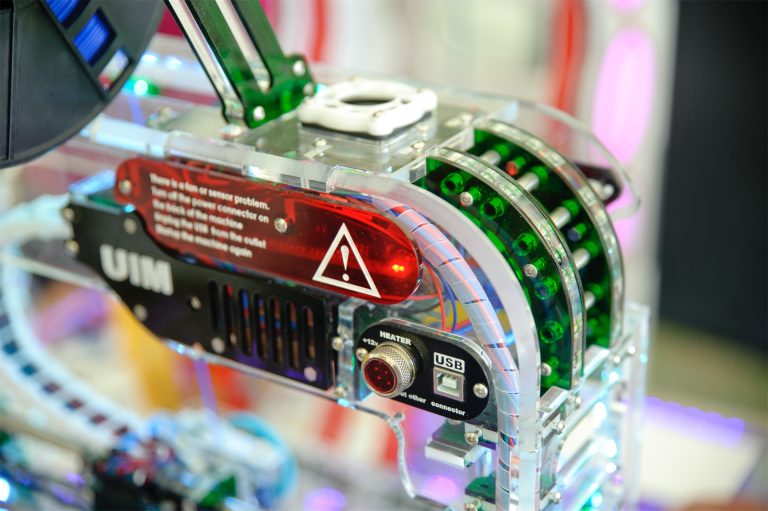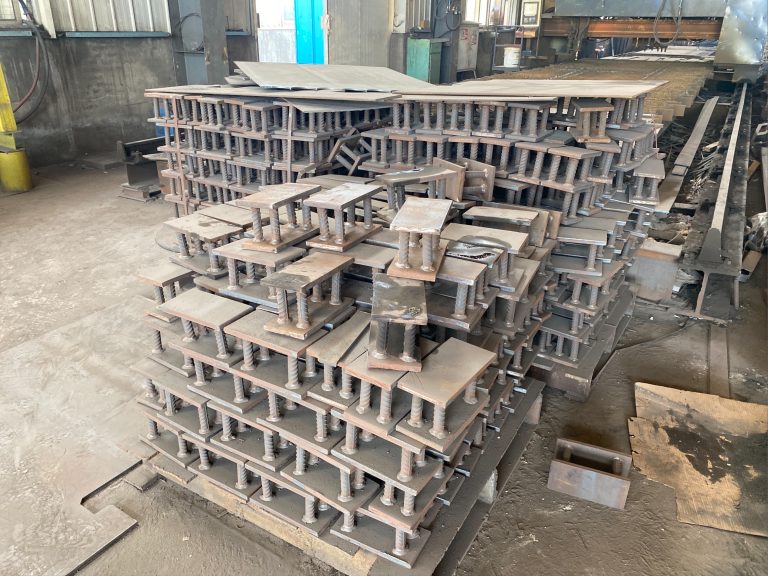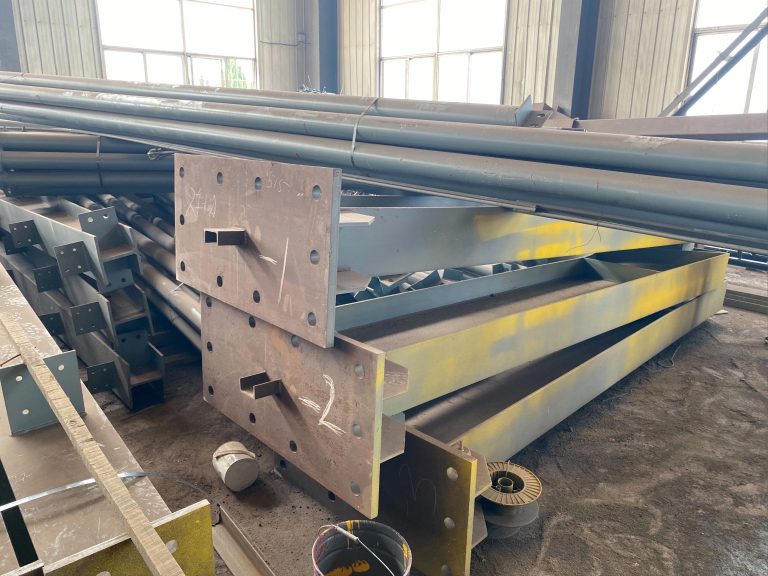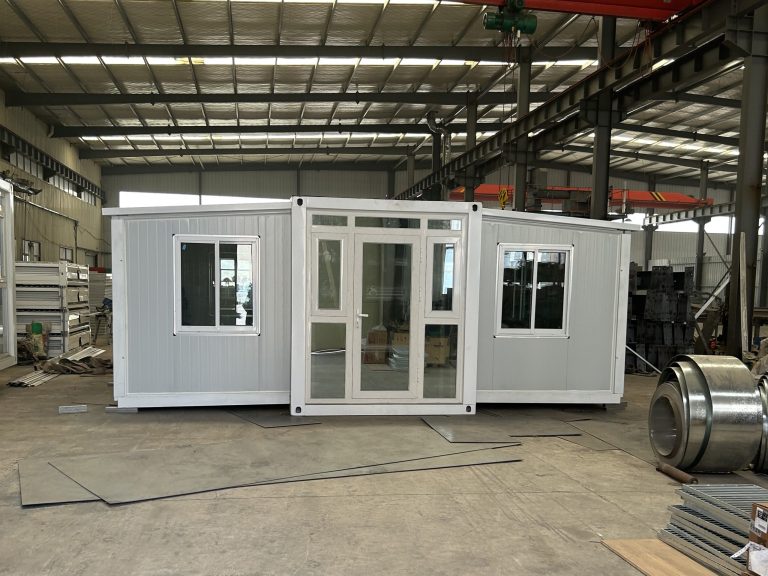How does solar power work?
Harnessing Solar Energy through Photovoltaic Cells
Solar power is a renewable energy source that has gained popularity in recent years due to its environmental benefits and cost-effectiveness. One of the key components of solar power is photovoltaic cells, which are used to convert sunlight into electricity. In this article, we will explore how solar power works and how photovoltaic cells play a crucial role in harnessing solar energy.
Photovoltaic cells, also known as solar cells, are devices that convert sunlight into electricity through a process called the photovoltaic effect. This process involves the absorption of sunlight by the photovoltaic cell, which then generates an electric current. The most common material used in photovoltaic cells is silicon, which is a semiconductor that can conduct electricity when exposed to sunlight.
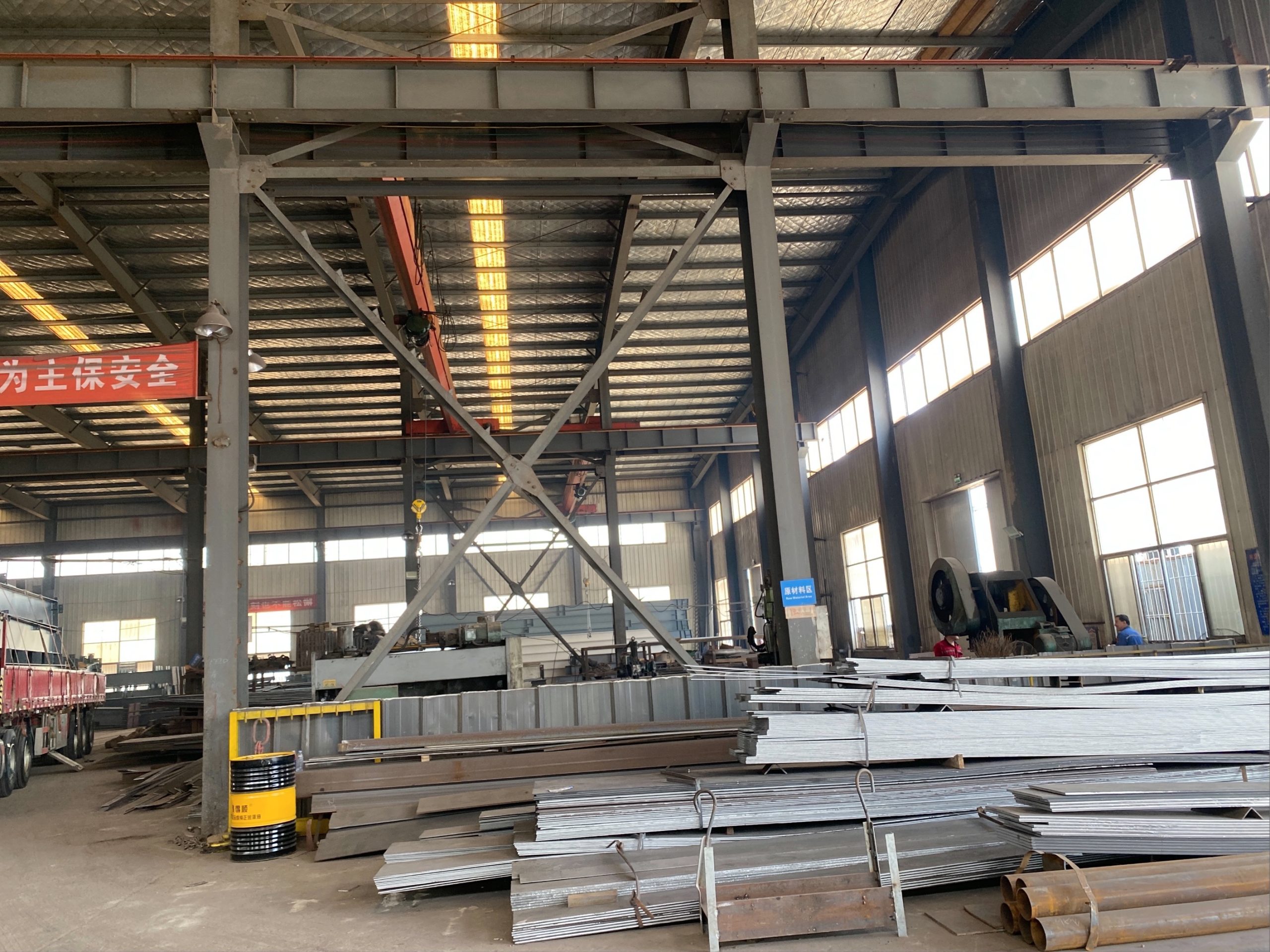
When sunlight hits a photovoltaic cell, it excites the electrons in the silicon atoms, causing them to move and create an electric current. This electric current is then captured by the photovoltaic cell and can be used to power electrical devices or stored in batteries for later use. The efficiency of a photovoltaic cell is determined by how effectively it can convert sunlight into electricity, with higher efficiency cells producing more electricity from the same amount of sunlight.
There are two main types of photovoltaic cells: monocrystalline and polycrystalline. Monocrystalline cells are made from a single crystal of silicon, which makes them more efficient but also more expensive to produce. Polycrystalline cells, on the other hand, are made from multiple crystals of silicon, which makes them less efficient but more cost-effective. Both types of cells have their own advantages and disadvantages, and the choice between them depends on factors such as budget and space constraints.
In addition to photovoltaic cells, solar power systems also include other components such as inverters, which convert the direct current (DC) electricity generated by the photovoltaic cells into alternating current (AC) electricity that can be used in homes and businesses. Batteries are also often used in solar power systems to store excess electricity generated during the day for use at night or on cloudy days when sunlight is limited.
One of the key advantages of solar power is its environmental benefits. Unlike fossil fuels, which produce greenhouse gas emissions that contribute to climate change, solar power is a clean and renewable energy source that produces no harmful emissions. By harnessing the power of the sun, we can reduce our reliance on fossil fuels and help protect the environment for future generations.
Another advantage of solar power is its cost-effectiveness. While the initial cost of installing a solar power system can be high, the long-term savings on electricity bills can make it a worthwhile investment. In addition, many governments and utilities offer incentives and rebates for installing solar power systems, making them even more affordable for homeowners and businesses.
In conclusion, solar power works by harnessing the energy of the sun through photovoltaic cells, which convert sunlight into electricity through the photovoltaic effect. By using solar power, we can reduce our reliance on fossil fuels, lower our electricity bills, and help protect the environment. With advancements in technology and decreasing costs, solar power is becoming an increasingly viable and sustainable energy source for the future.

